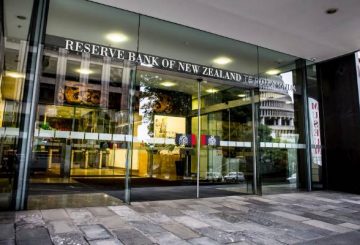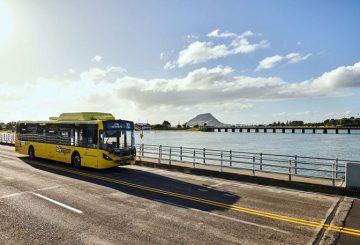由于 Covid-19 导致进口急剧下降,新西兰公布了 28 年来最大的年度贸易顺差。
官方数字显示,截至 10 月的年度盈余 22 亿美元,是自 1992 年 7 月以来的最大盈余。
该期间进口下降了 10%,特别是燃料和汽车的进口下滑了 10%,推动了这一盈余。
新西兰统计局贸易经理阿里斯达尔·艾伦说:“进口下降的部分原因是为了减缓疫情的蔓延,3 月份对国际和国内旅行实施了限制。”
“这可以从涡轮飞机、燃料和汽车等东西的年进口量大幅下降中看出。”
国际贸易 “非常有弹性”
由于乳品和水果收益增加,出口飙升。
艾伦表示,随着国际限制放松和供应链恢复行动,进口再次开始增加,10 月份进口了价值 4 亿美元的汽车。
出口正在恢复到正常的季节性模式,随着农业生产全面展开,出口将再次开始增长。
10 月份的赤字为 5.01 亿美元,略低于去年记录的赤字的一半。
然而,疫情的影响显著在于呼吸器的销售增加以及飞机和飞机零部件的出口增加,这反映了飞机被送往海外进行长期储存。
“总而言之,事实证明,国际贸易具有非常有弹性,对于像新西兰这样的小型出口经济体来说,这是福音。有迹象表明,复苏正在加强,” ASB 经济学家纳特·凯尔说。
他表示,航运延误、集装箱短缺和其他运输中断是限制进口的一个因素,但他预计随着时间的推移,巨额盈余将消失。
“随着疫情从视角消退和全球经济复苏的加强,我们仍然预计商品贸易平衡将回到赤字。”
来源:RNZ 新闻-www.rnz.co.nz






























































